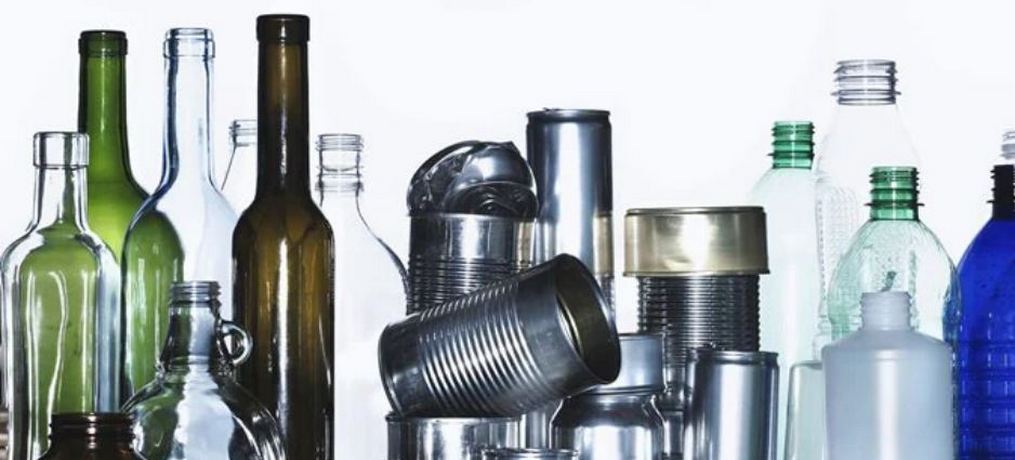
Creating “connected packaging”
Almost every product you buy comes in some kind of packaging. The packaging can play a number of important roles: protecting the product, providing useful information, and sometimes even making you feel happy about your purchase.
The transition from glass to plastic in many categories is happening for several reasons, including the impact on the environment and price. But also, the delivery of glass packaging through the e-commerce channel is a completely different offer than sending plastic packaging. What we know from brand owners is that they believe that the moment of truth is even more important when a product is sold through an e-commerce channel than in traditional retail. So, everything we do today is becoming much more important and much more demanding through the e-commerce channel. The package must be stronger to protect against the demands of e-commerce channels. In product promotion, it must be convincing the moment the consumer opens the package because there is no prior review on the shelf.
There are several major areas of interest in this area – let’s call it “connected packaging”. The first would be the ability to track the packet through the value chain. This would allow the consumer to be connected to the brand owner for things like loyalty programs, but also allow the brand owner to track package movements and understand consumer behavior to better target their marketing efforts. It is a form of “connected packaging”.
Another thing that is still new at the moment is the possibility of creating a digital watermark that identifies a package’s components and then helps direct that package at the end of life to the right waste-management stream. It is not necessarily commercial yet, but there are several initiatives in the area that would facilitate the sorting and separation of waste management that is necessary to make the recycling process more efficient.
The Internet of Things and the trends of digitization of packaging are just beginning to accelerate. The integration of packaging into communication with consumers and the shelf life of products will increase. For example, there is a new label technology that can be rewritten on packaging: they have the ability to digitally reduce the price of perishable products as they come to an end date to try to reduce food waste and move products more dynamically. It lowers the price as opposed to having to resticker or relabel the product. This integration is something that the packaging industry has just started to scratch the surface of.
The package is the basis of many brands that we support. To give an example of coffee, why are disposable coffee capsules of great interest, when you could buy a larger package of coffee and significantly reduce the cost? The reason, primarily, is the packaging which facilitates the preparation.
Some brand owners have been great at it, others not so much, but there is always the opportunity to embrace the benefits that choosing the right packaging gives to their brand and business.
Source: https://www.mckinsey.com/